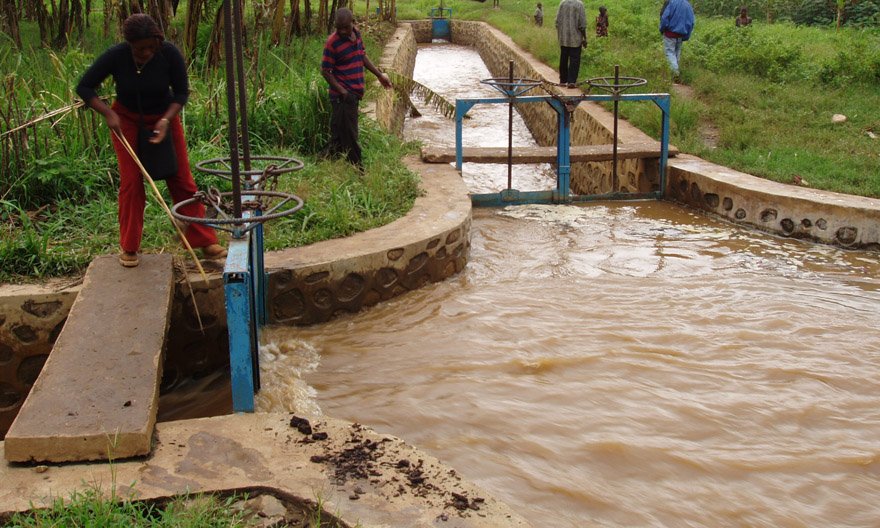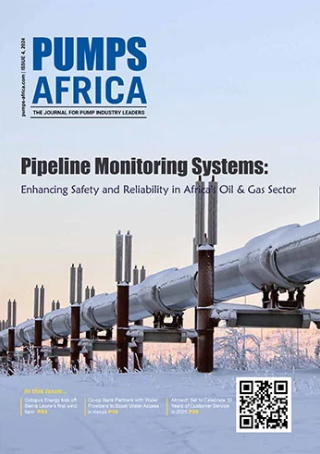Kenya and Uganda authorities have endorsed the construction of a US $73 million irrigation project that will benefit at least 127,000 people. The project targets to irrigate 3,300 hectares of farmlands, supply water to 20,000 households and generate 1.75 megawatts of hydropower.
The multi-billion Angololo Trans Boundary Water Resources Development Project will depend on water from Rivers Sio, Malaba and Malakisi.
The estimated cost of the project includes US $43 million for constructing the dam, Sh27 million for the irrigation scheme, US $2 million for the hydropower generating plant and US $1.9 million for water treatment.
Director for water in the County Government of Busia, James Imwene said the project involves construction of a dam, water supply component that will serve the people of Busia County, Teso North Sub County and the neighbouring Mella and Tororo Sub Counties in Uganda.
READ: Chad to exploit Kariari dam for drinking water supply
“The addition of hydropower and water treatment plants will increase the financial rate of return from 7.3 per cent to 8.4 per cent.”
Nile Basin Initiative Coordination Unit will undertake feasibility studies with detailed design and tender documentation.
County director of irrigation and land reclamation Dismas Odula said the irrigation component will increase water supply, improve livelihoods through diversification of socio-economic activities, improved food security, aquaculture, improved hygiene due to water availability, employment opportunities, poverty reduction, increased income and improved nutrition status from a diversity of crops (fruits and vegetables.
He said the total land under irrigation will be 3,300 hectares with 1,800ha in Kenya while Uganda will irrigate 1,500ha; this will be a big plus for Kenya, especially the County Government of Busia.
” The project has embraced gravity system which is the way to go. Water from Mt Elgon is the solution to solving water challenges in Busis County,” Eng Odula said.
Opportunities in the project area include blue economy opportunities, green growth opportunities (biogas, wind and solar energy), ecotourism, river bank and water conseration, climate resilience activities: apiculture due to proximity of forest retics, agroforestry, sustainable land management practices, value addition and soil conservation measures







